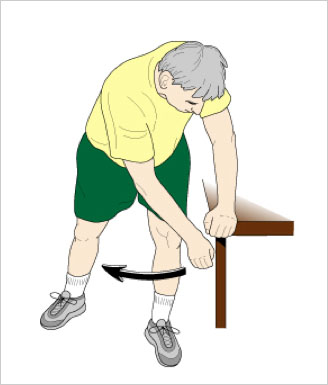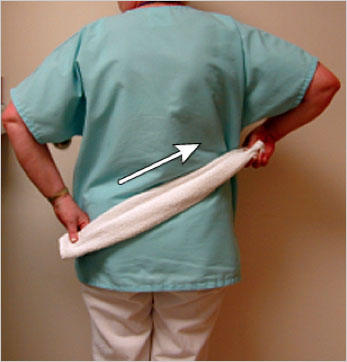
Frozen Shoulder Treatment
What is a frozen shoulder?
A frozen shoulder is a condition that causes the shoulder to be stiff and unable to move easily. When people have a frozen shoulder, the tissue around the shoulder joint gets thick and tight. This might happen after a person’s shoulder gets hurt or if he or she has shoulder surgery.
What are the symptoms of a frozen shoulder?
People with a frozen shoulder usually have a stiff and painful shoulder and trouble reaching overhead or around to their lower back.
Will I need tests?
You might. An imaging test, such as an X-ray or MRI scan is sometimes required.
What are some treatments for frozen shoulder?
In most cases, a frozen shoulder will get better on its own, but it can take months to heal completely. To help your shoulder get better, you can:
- Rest your shoulder — Avoiding raising your arm overhead, reaching, and lifting things.
- Ice your shoulder — Put a cold gel pack, bag of ice, or bag of frozen vegetables on the injured area every 1 to 2 hours, for 15 minutes each time. Put a thin towel between the ice (or other cold object) and your skin.
- Take a pain-relieving medicine — Simple pain-killers such as paracetamol, Ibuprofen or Naproxen can be taken but it is recommended that you seek the advice of your family doctor before taking any medications.
Is there anything I can do on my own to feel better?
Yes. Different exercises can help your shoulder get better.
To help loosen your shoulder joint, you can do an exercise called the pendulum stretch. To do this exercise, let your arm relax and hang down, while you sit or stand. Move your arm back and forth, then side to side, and then around in small circles. Try to do this exercise for 5 minutes, 1 or 2 times a day.

After the pendulum stretch, you can do the following stretches. Try to do each of these 10 to 20 times, 1 or 2 times a day.
- Armpit stretch — Use your good arm to lift your affected arm onto a shelf, dresser, or other object that is chest high. Gently bend your knees to stretch open your armpit. Try to push the injured arm up a little farther with each stretch.
- Wall walk — Face a wall, and stand three-quarters of an arm’s length away. Walk your fingers up the wall until your arm is at shoulder level. Try to use your shoulder muscles as little as possible and keep them level (do not shrug them).
- Towel stretch — Hold a 3-foot-long towel in both hands behind your back in the horizontal position. Then use your good arm to pull the towel so that your injured arm moves toward your lower back. You can also hold the towel at an angle to do this exercise.

What if my shoulder doesn’t get better?
If your symptoms don’t get better, it may be time to consult with
- A pain specialist for non-surgical interventional options
- An orthopedic surgeon for surgical or arthroscopic options
